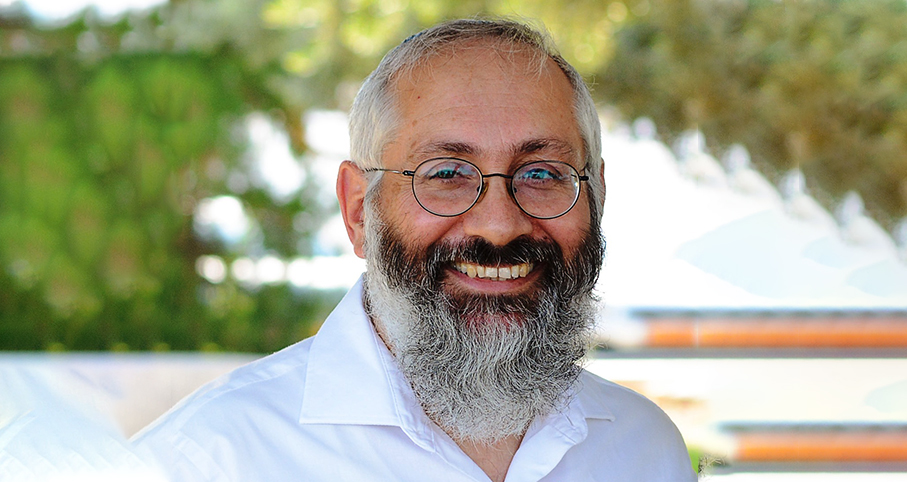Beit Midrash
- Jewish Laws and Thoughts
- Jewish Thought
- Foundations of Faith
The Torah study is dedicatedto the full recovery of
Asher Ishaayahu Ben Rivka
The rational approach calls for recognizing the Creator through His creation. For all of its soundness and probability, though, this argument remains no more than a speculative proof, proof through inference. This, though, is not the case when we are dealing with proof based on eyewitness attestation. Eyewitness testimony is of an absolute nature.
In order to clarify the difference between these two methods, let us make use of an analogy from Jewish law. If an individual loses an article and somebody else finds it, the original owner must prove that, in fact, the article found belongs to him. Only after he has done this may he receive what belongs to him. How does one go about proving that an article belongs to him? By describing distinctive features of the item. For example, let us say that the owner were to claim, "In the book which I lost, there is a small hole in the corner of page number twenty-five." Certainly, only the true owner of the book could be aware of such a detail. This, then, would be considered an unquestionable proof, and would justify returning the book to its owner. This is proof by inference. The owner need not bring proof of his ownership from every page of the book. It is sufficient for him to describe one detail in order to verify his claim to the entire book.

Foundations of Faith (51)
Rabbi Zalman Baruch Melamed
1 - 1. Belief in God: From Design
2 - 2. Belief in God: Eyewitness Account
3 - 3. Good Intentions, Good Deeds
Load More
Identifying the distinctive features of an object is no more than probable proof of ownership. It may be compared to circumstantial evidence. If two witnesses come before the court and claim, "We saw this man chase another into a cave, and then followed after them. Inside the cave we saw the man who had been chased dead on the floor, and the man who had been chasing him, standing there with a bloodstained knife in his hand." This sort of evidence is based upon assumption and likelihood. It is almost certain that the man with the bloodstained knife killed the other. Still, according to Jewish law, such testimony is not acceptable. In order for testimony to be valid, it must be eyewitness testimony, and not testimony based on probability.
The same is true regarding faith. Proofs of the existence of the Creator based upon the intelligent design of His creation remain speculative, probable proofs - "circumstantial evidence." True, the probability is very great, and the intellect demands that we rely on such proof; true, God's creation awakens in us great awe - "How great are Your deeds, God; exceedingly profound are your thoughts" (Psalm 92) - all the same, faith in God's existence based on accurate eyewitness testimony is superior to this. Arriving at God by way of His creation is comparable to basing a claim to ownership upon the identification of distinctive features; working one's way from a particular to the whole; drawing from one miniscule aspect of God's capacity conclusions concerning his all encompassing being. True, this is a strong indication and it cannot be ignored. Still, it is not enough, for proof by means of eyewitness testimony is superior to this. Proof based upon testimony of God's revelation in the world - for example, the Exodus from Egypt, and the Sinaitic Revelation, and the long unbroken chain of tradition, which is itself comparable to eyewitness account - is more reliable.
This is the approach taken by Rabbi Judah HaLevi in his book, "the Kuzari" - faith based upon eyewitness testimony. What I have explained here are things that Rabbi Tzvi Yehuda HaCohen Kook zt"l used to say as an introduction to "the Kuzari."
























